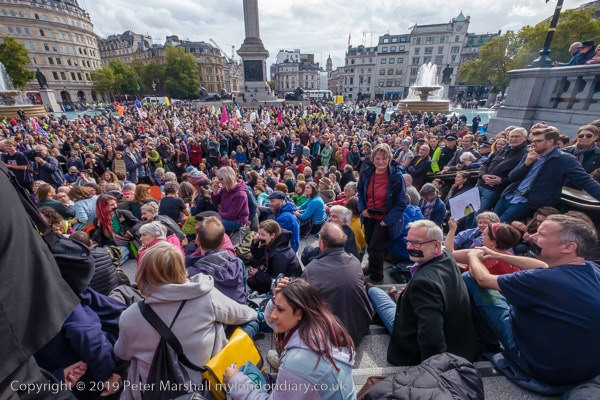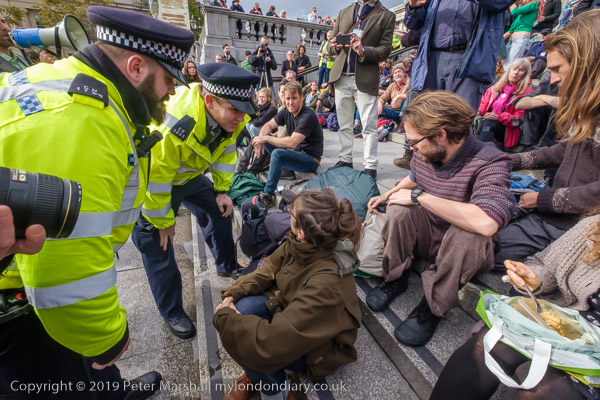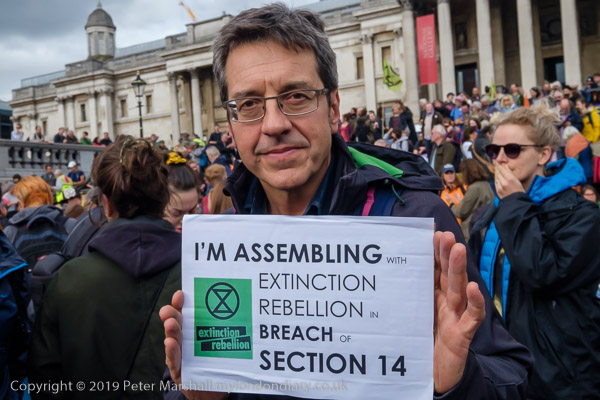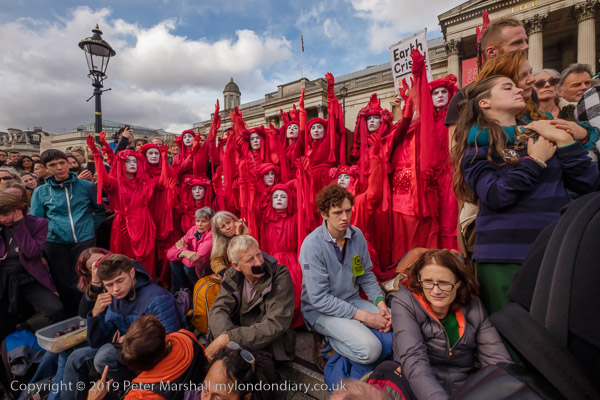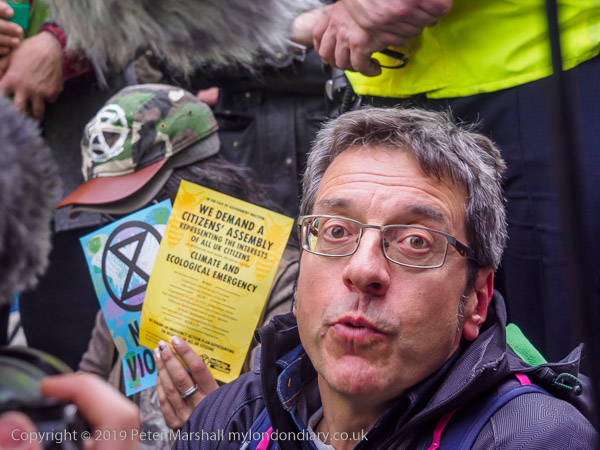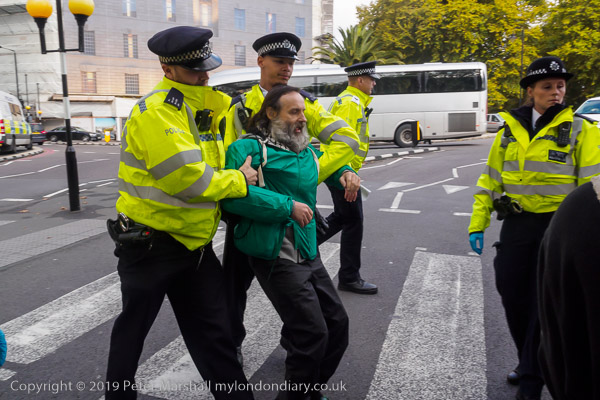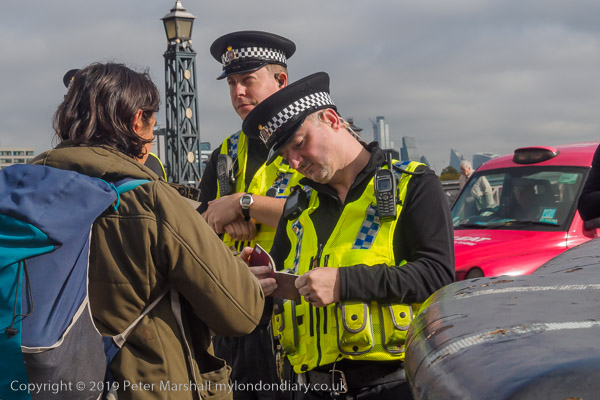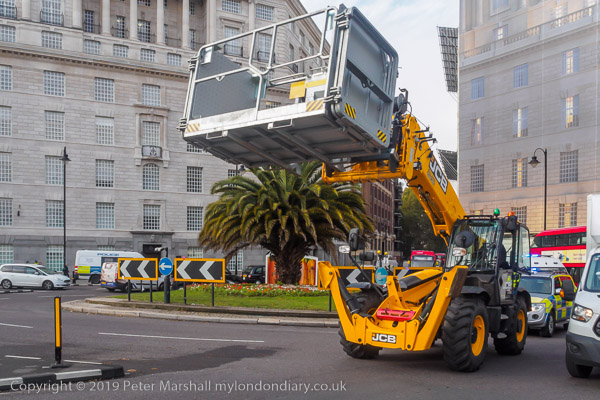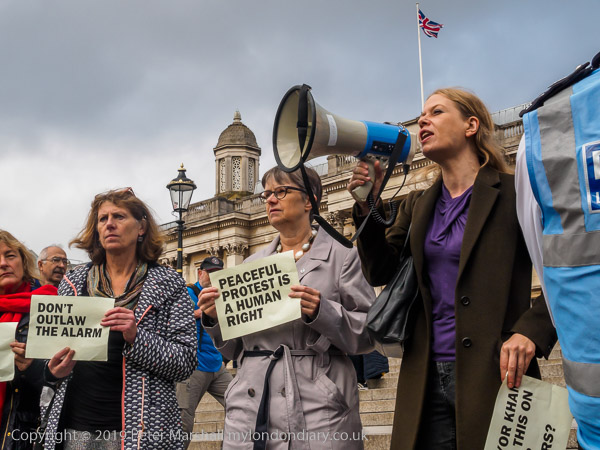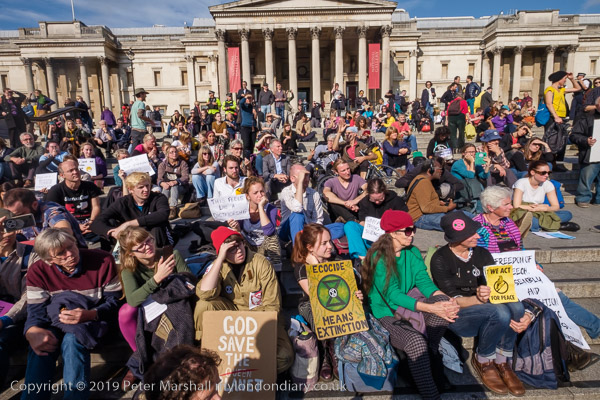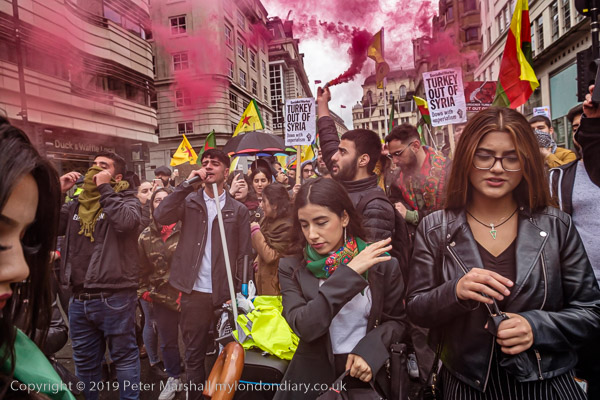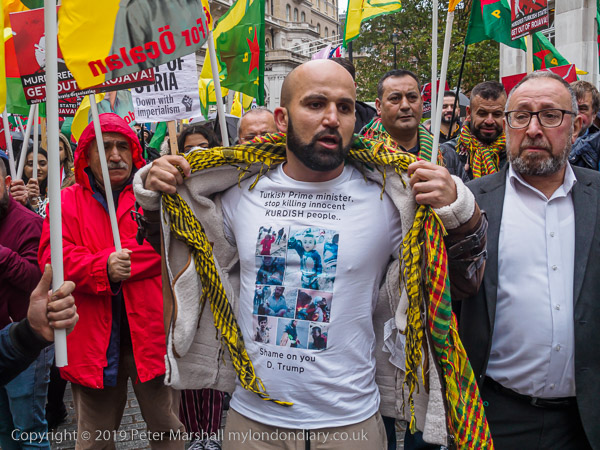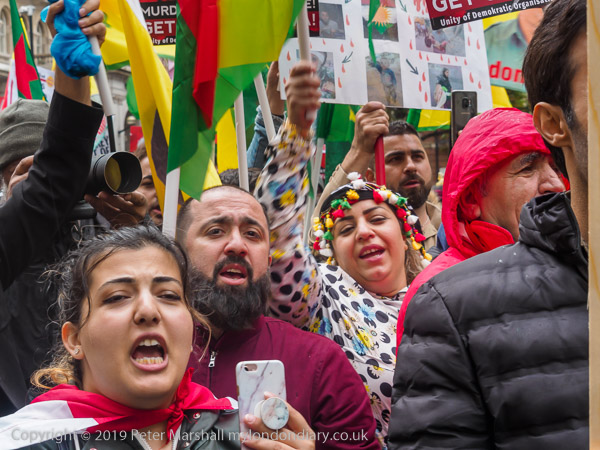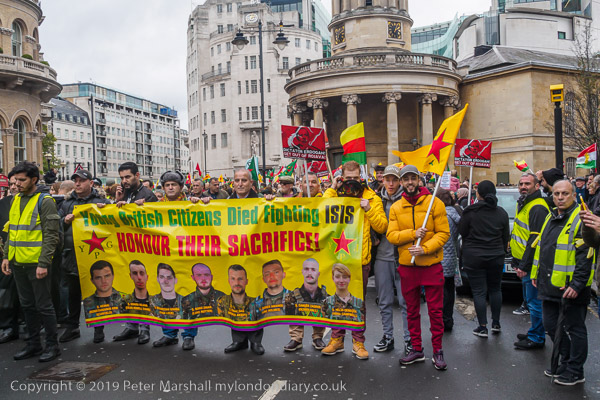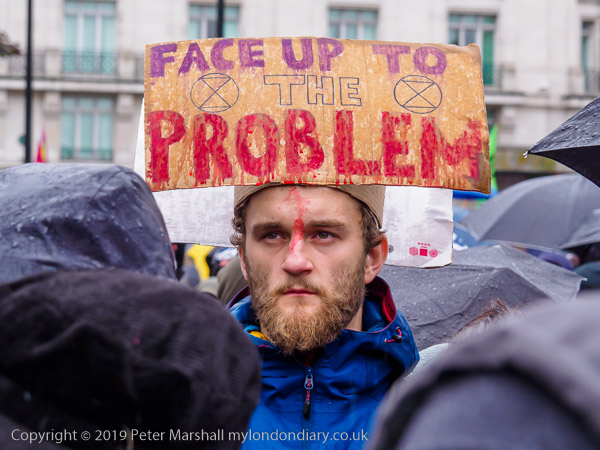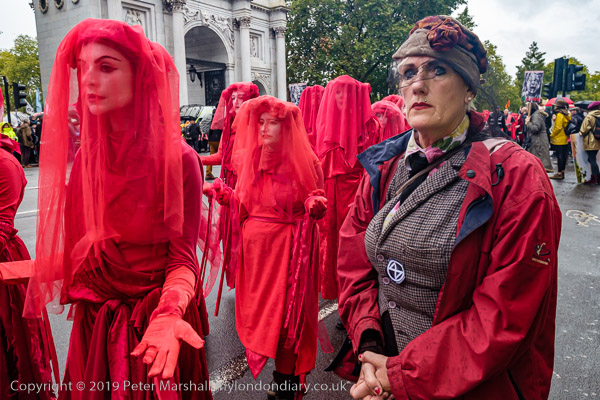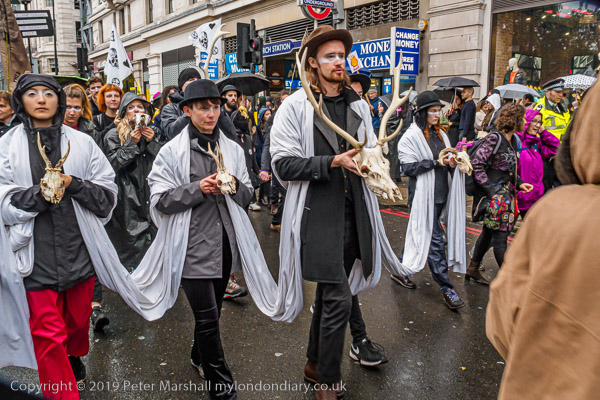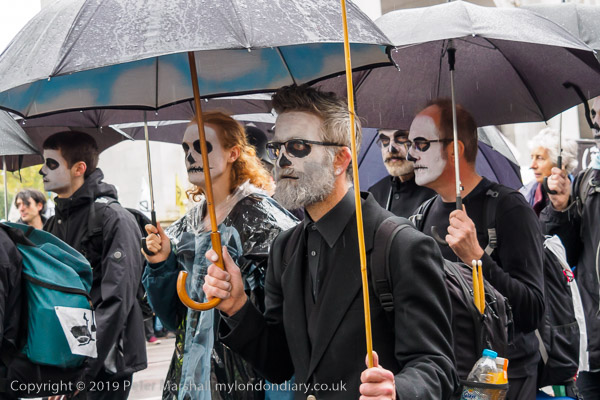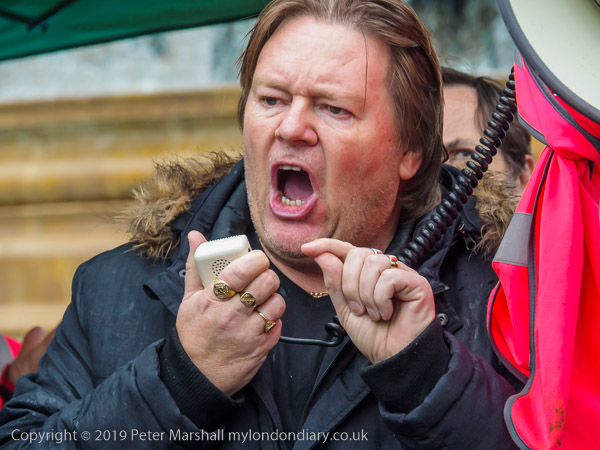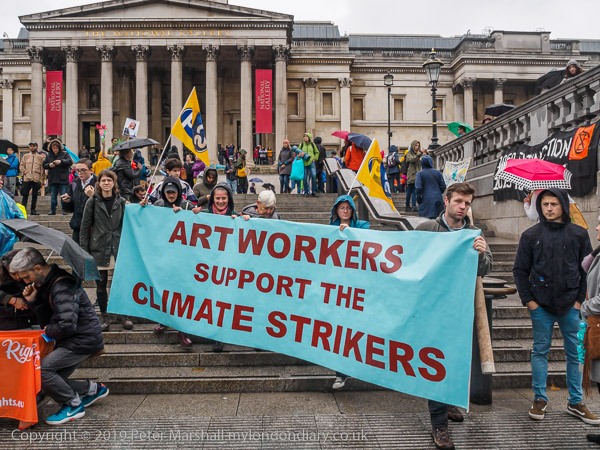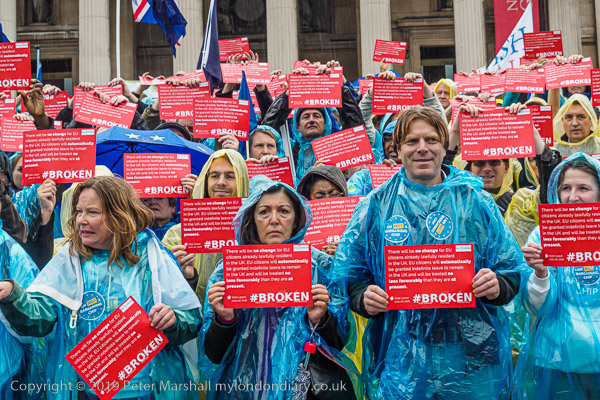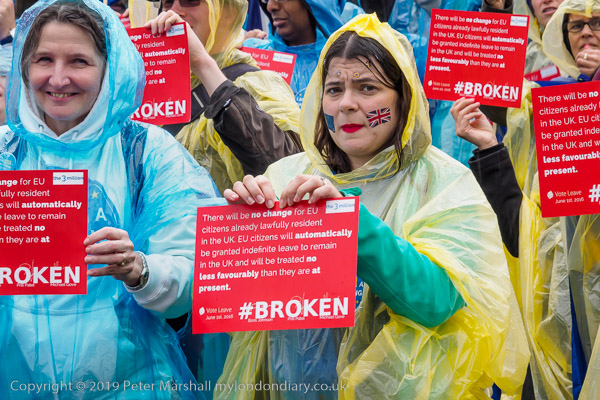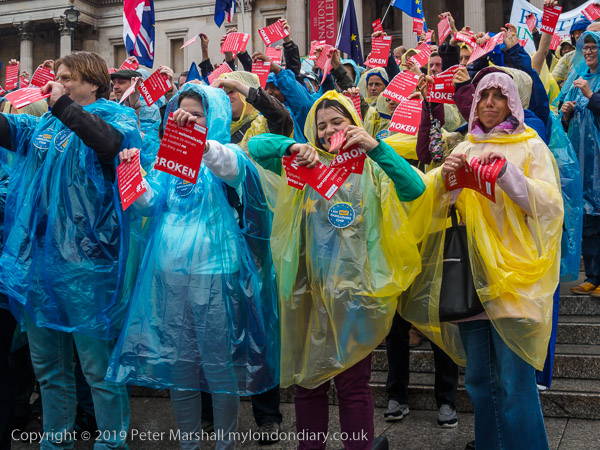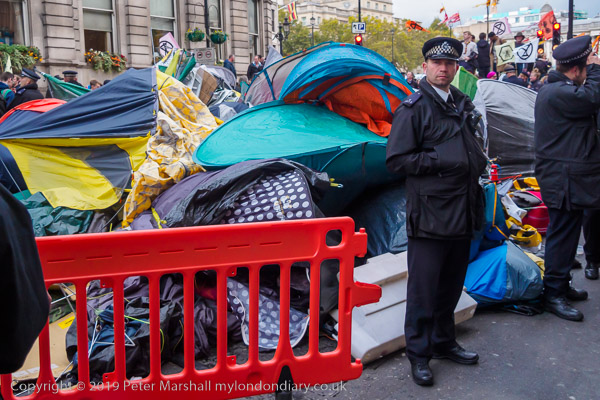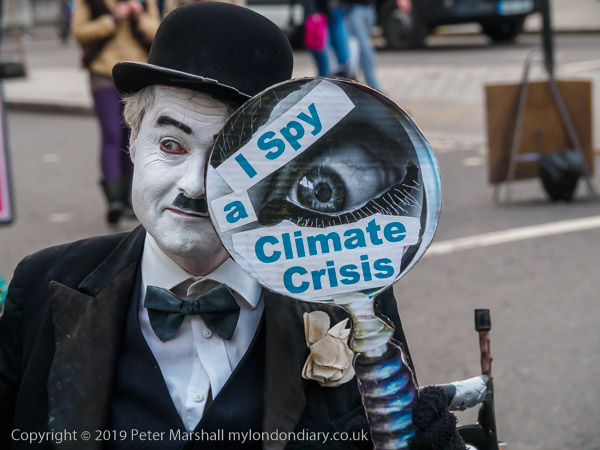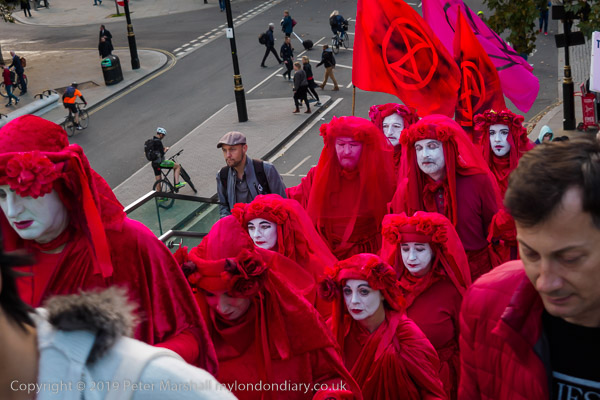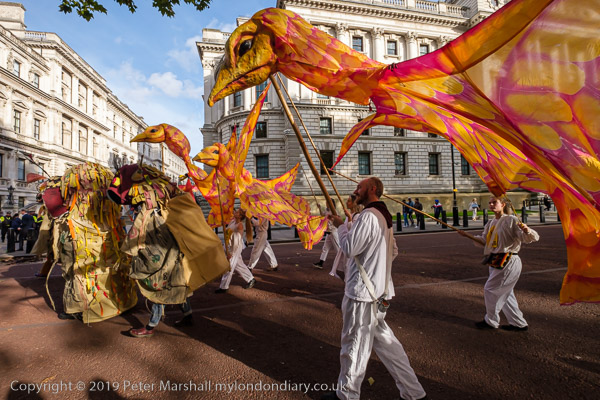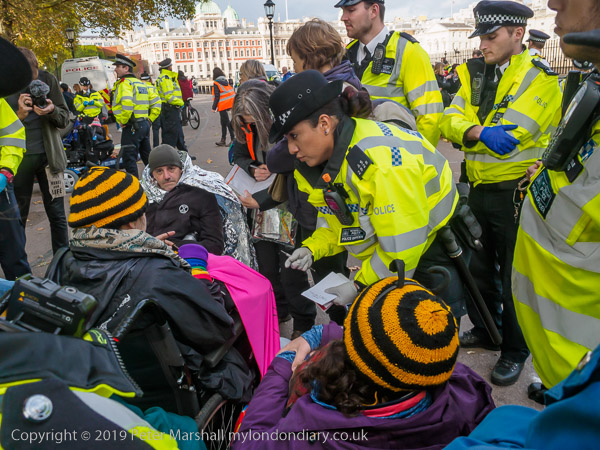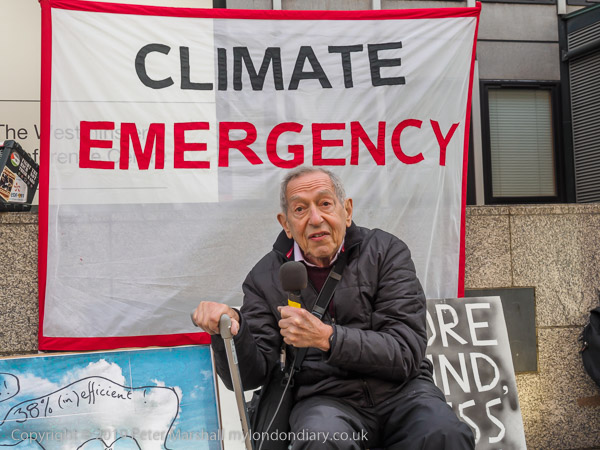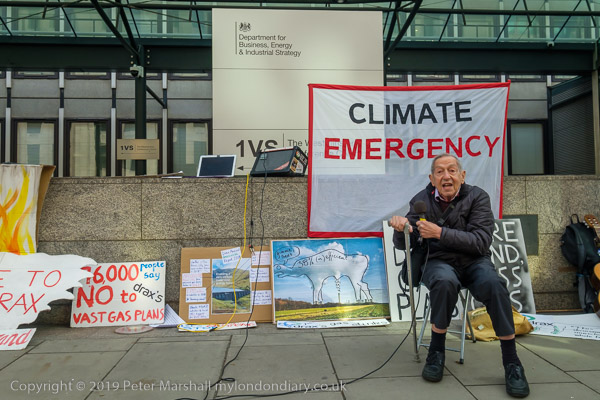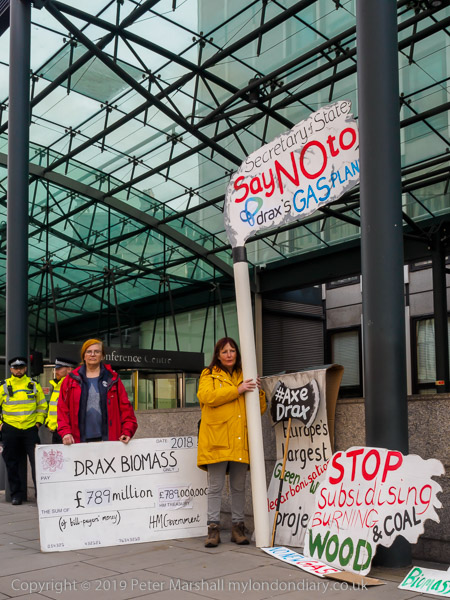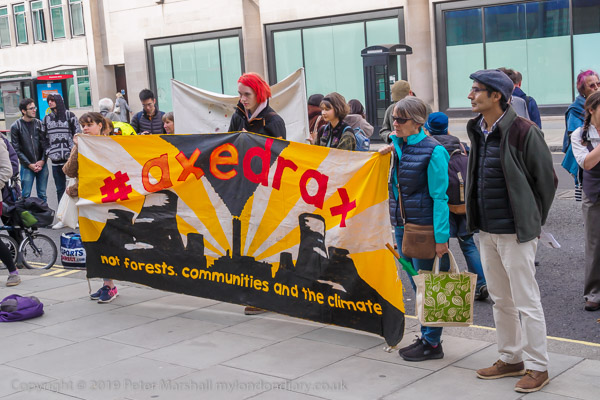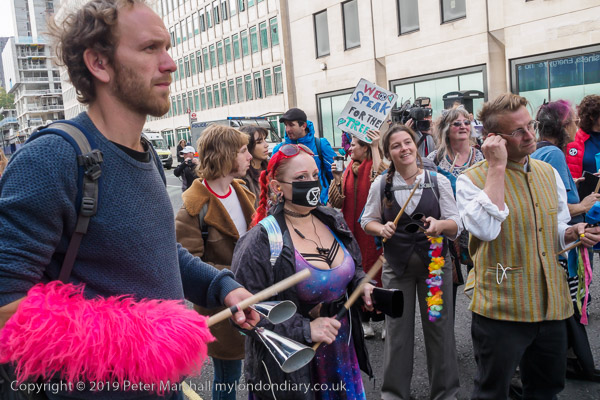Today’s May Day will be very different, with no march in London, no meeting in Trafalgar Square and none of the other activities we have seen in recent years. There will be online events, but it really isn’t the same. And I think I will take few if any pictures.
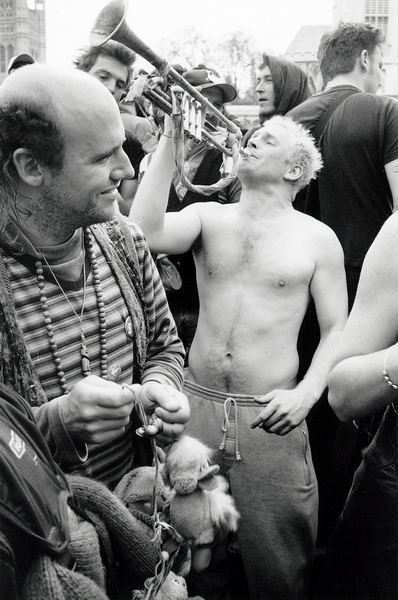
Until 2000, I was working on May Day most years and missed the May Day celebrations, except, when as in 1999 they fell on a weekend. In 2000 things were a little different, and while doubtless the usual trade union celebrations went on, rather more of us gathered in Parliament Square on May Day, a Monday, for an anti-capitalist protest, indulging in a little guerilla gardening. It wasn’t as the BBC and newspapers recorded a riot, but a good-natured protest with people having fun and a little minor law-breaking and only became nasty when the police charged in after windows were broken at a McDonald’s. I went home as I didn’t want to be kettled.
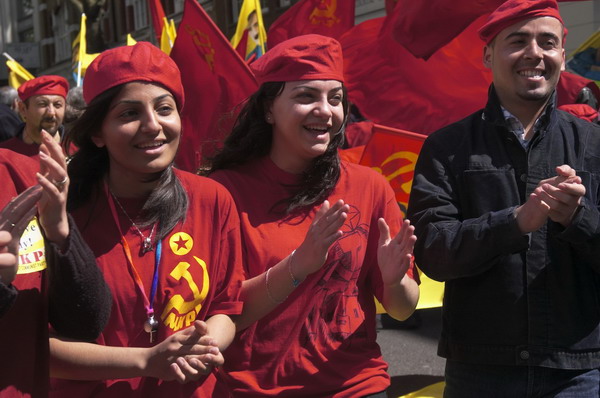
It was 2003 before I returned to photograph May Day events, and I wrote:
may day has perhaps settled into a rather predictable event now. the socialist left – and what is left seems to be a few unions and a number of ethnic communist party groups – march from clerkenwell to trafalgar square, while anti-capitalist protestors do not a lot around town.
My London Diary
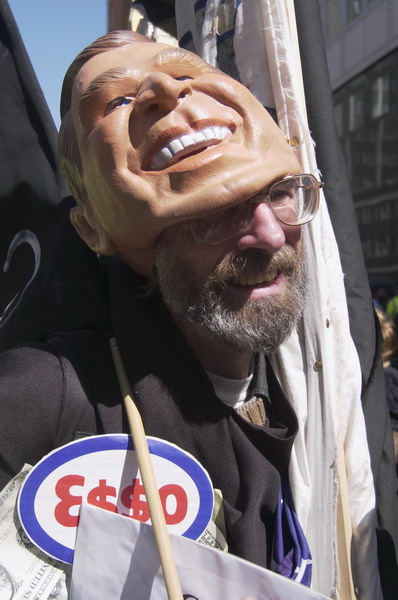
and the few images I put on line reflect this. My coverage the following year, 2004, was a little more upbeat, perhaps because I met up again with the Bristol Radical Cheerleaders who certainly livened things up, but also because I was getting better at using a digital camera. But most of my coverage then was still in black and white and I still haven’t added the pictures I said would follow.
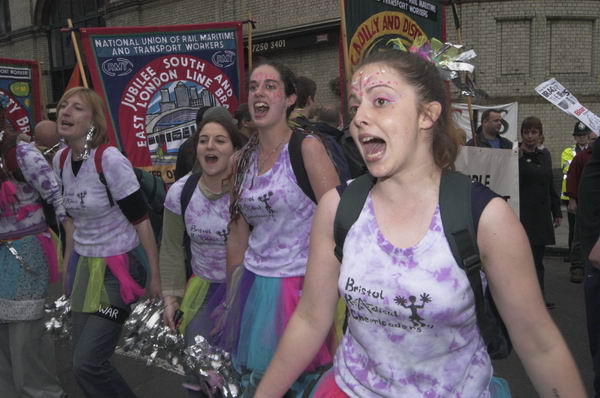
I photographed May Day and the march again in 2005, but the highlight of the day was provided by the Space Hijackers who had challenged our 600 odd MPs to an Anarchist Cricket match to be held in Parliament Square.
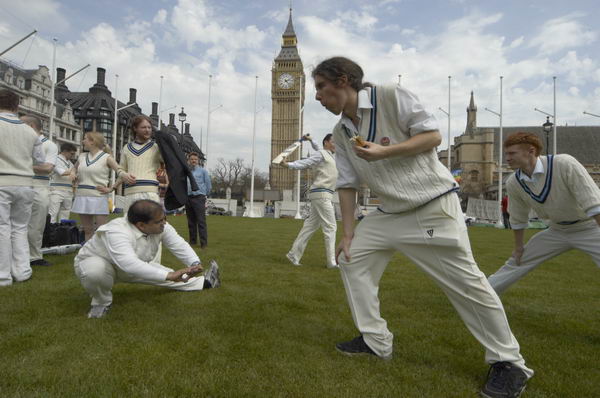
I wasn’t surprised when no members of the opposing team actually turned up, but their absence didn’t detract from the event.
2006 was perhaps my busiest May Day ever, beginning with the launch of the London Citizens Workers’ Association at Westminster Cathedral, then photographing the London May Day March, which included a strong autonomous anti-capitalist bloc.
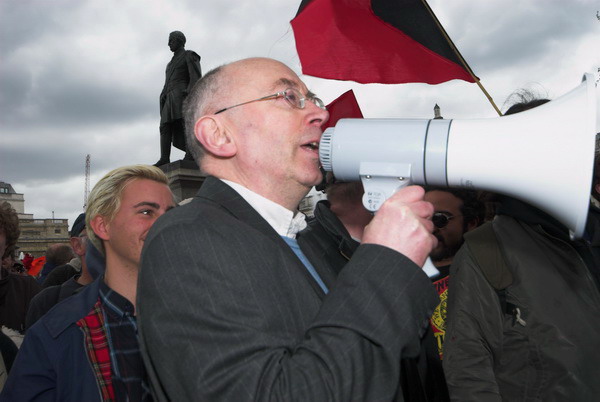
Among the speakers at Trafalgar Square, though not on the main platform was Ian Bone of Class War, once labelled the most dangerous man in England, and even at this event attracting considerable police attention.
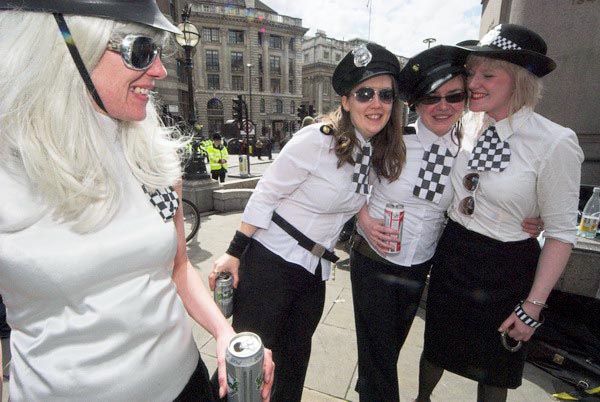
I went on from Trafalgar Square to the Bank of England where the Space Hijackers were holding their Police Victory Party. Unlike at their cricket match there was a large attendance by the opposition, though they didn’t really join in the party organised for them.
Long Live May Day!
All photographs on this and my other sites, unless otherwise stated, are taken by and copyright of Peter Marshall, and are available for reproduction or can be bought as prints.
